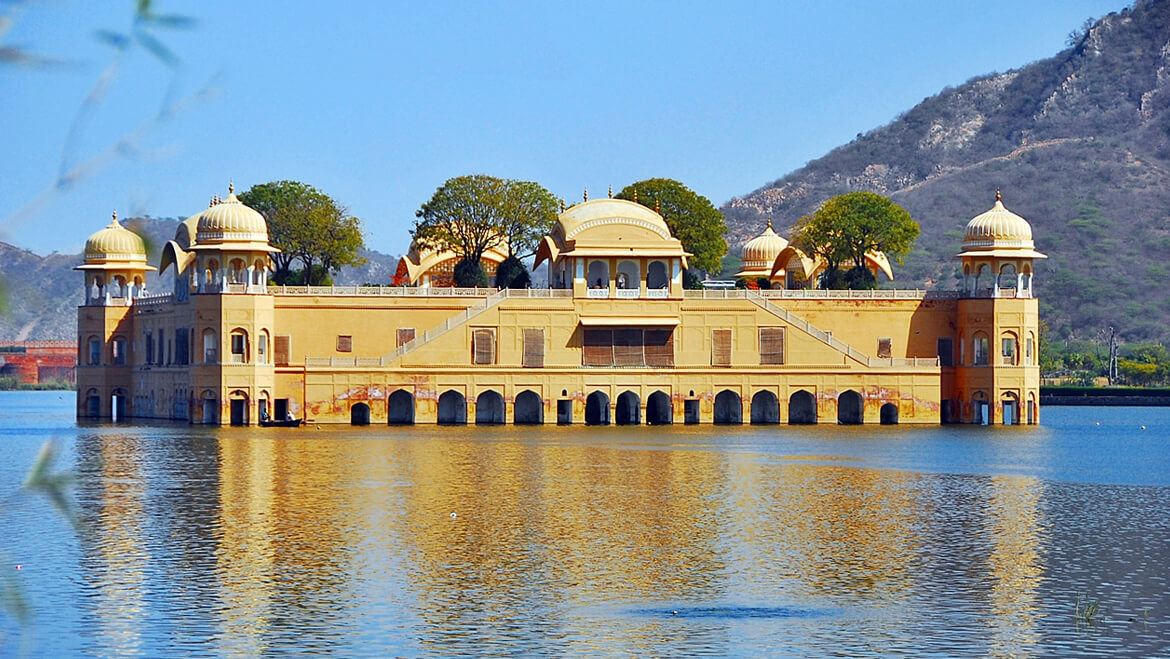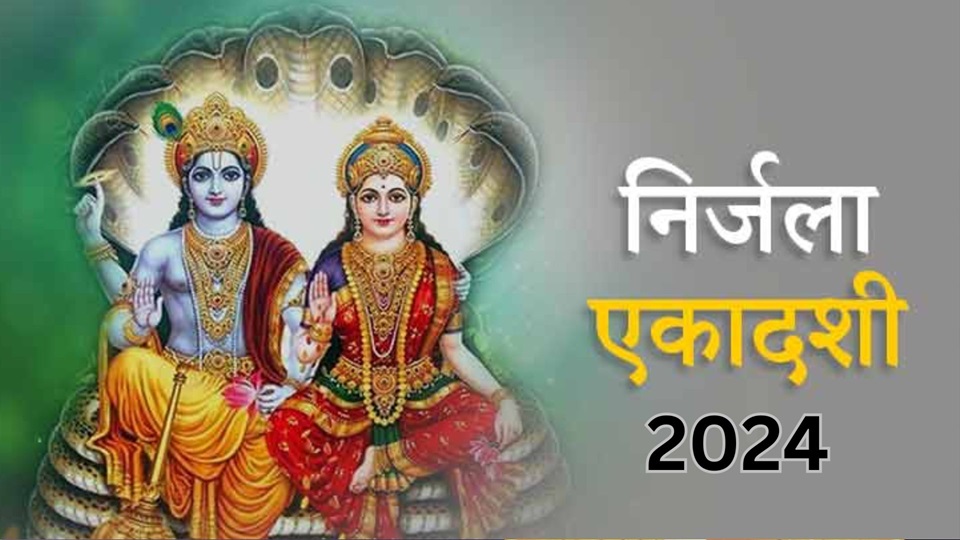The state of Rajasthan in India can be described as a reflection of Indian culture and heritage. The cultural landscape of the state reflects diverse traditions, customs, and rituals. With its numerous forts, palaces, lakes, and temples Rajasthan offers the perfect place to experience culture at its best. The hillforts are also a part of world heritages which is included in the list of top ten places to visit in Rajasthan. The Rajputs were the rulers of Rajasthan before the Mughals came to power in India. They had built a large number of forts which are still standing today, and are included in the list of World Heritage Sites. The forts could be described as the epitome of strength, prosperity, and power. The major hill forts of Rajasthan include Kumbhalgarh, Chittorgarh, Ranthambore, Gagron, and Jaisalmer. Chittorgarh The hill fort of Chittor lies in the state of Rajasthan and is also known as the Chitrakut. The fort is surrounded by a number of small villages, which have been built around it in the past centuries. This fort was built by Rana Chanda of the Mewar dynasty during the period 1156-1311 and has been considered one of the best examples of Mewar architectural style. The fort served as the capital of Mewar until 1568 AD when Rana Udai Singh II shifted his capital to Udaipur. The main part of the fort is 460 acres in size and consists of 14 gates. As the fort was built in the middle of the plains, there are underground passages within walls that were used during attacks. It was defended by a number of cannon towers and heavy moats. Royal palaces lie inside these walls and are highly decorated with tiles, chandeliers, and mosaics. The architecture denotes the peacefulness that prevailed during this period. The most prominent feature inside this fort is the octagonal tower known as Kirti Stambh (Golden Tower). The tower was used as a watchtower during the attack to inform soldiers about enemies coming from other directions, or any possible surprise attacks on Chittorgarh Fort. The most famous tourist attractions in and around the fort include Rana Kumbha Palace, Padmini's Palace, Lake Pichola, Kirti Stambh, Kirti Mandir, and Ganesh Temple. Kumbhalgarh Kumbhalgarh Fort is also known as the Great Wall of Rajasthan or the Anuppur wall. This was built by Rana Kumbha in 1448 AD. The fort lies on the border of the Mewar region and has some resemblance to the Great Wall of China. The main portion is spread across 578 acres on a 120 feet high hill which is surrounded by a 150 feet high wall. The wall was built from large pieces of black stones which is considered as one of the 7 wonders of Rajasthan. The fort is built with two main purposes in mind, and both these purposes can be seen clearly. The first purpose was to protect the Mewar region from attacks from the Mughal empire and other powers rising in Delhi, by building it on a strategic location having a commanding view over all directions. The second purpose was to provide protection to pilgrims traveling on the sacred Hindu pilgrimage route known as Narmada Parikrama which passes through this part of Rajasthan. To protect the pilgrims who were traveling through this region, Rana Kumbha constructed many temples outside this stronghold during his reign. Kumbhalgarh Fort was recently in the news when a German woman named Olga Grjasnowa claimed to have discovered the grave of Rana Kumbha. The authorities had rejected her claim and said that the discovery was false. This discovery had created a lot of confusion among historians since there were no records of the burial place of this famous ruler. Kumbalgarh is one of the most popular tourist attractions in Rajasthan and is visited by over 4 lakh tourists every year who visit to see this imposing fort. Ranthambore Ranthambore Fort is situated in the Sawai Madhopur district of Rajasthan and is also known as Ranthambhor. and if you want to do marketing in your Travel business contact now SEO Company in Ahmedabad
A Most Popular Place In Rajasthan
 A Most Popular Place In Rajasthan
A Most Popular Place In Rajasthan


.jpg)









Recent Comments